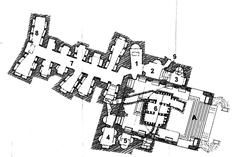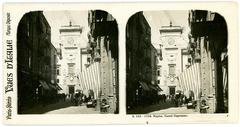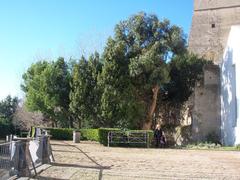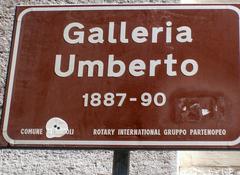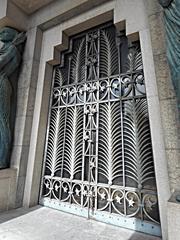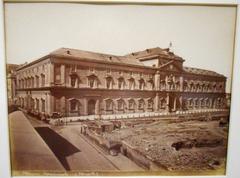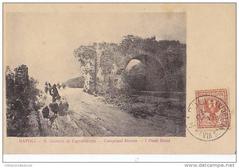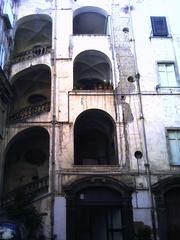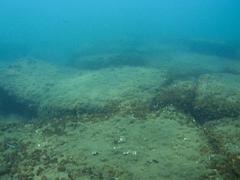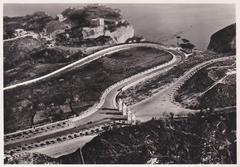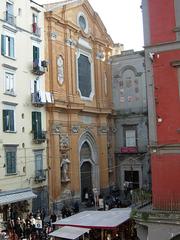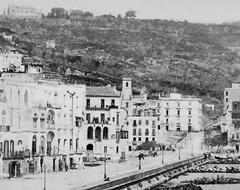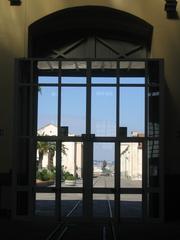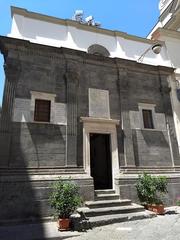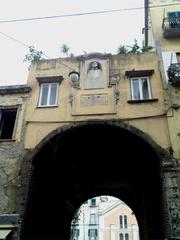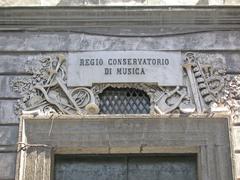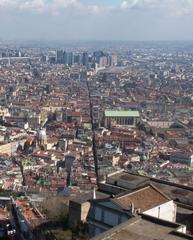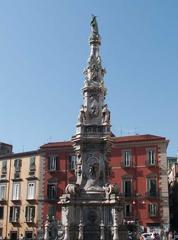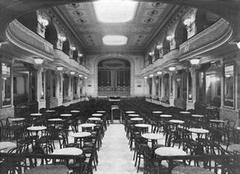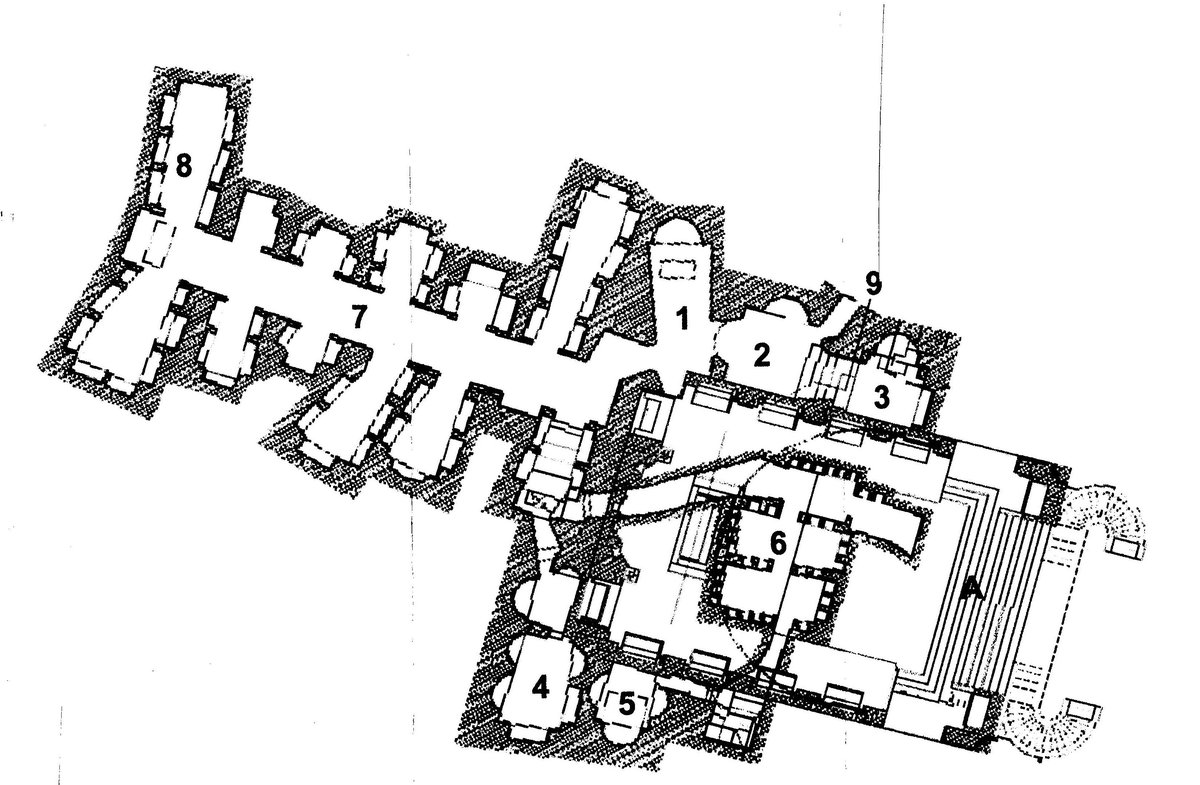
Visiting Via Vita alla Sanità in Naples: History, Tips, and Attractions
Date: 18/07/2024
Introduction
Via Vita alla Sanità, nestled in the heart of Naples, Italy, is a street that encapsulates a rich tapestry of history, culture, and community spirit. Often overshadowed by more prominent tourist destinations, this historic neighborhood offers visitors an authentic glimpse into Naples’ multifaceted past. The area, historically known as a major burial ground for ancient Greek and Roman civilizations, later morphed into a residential enclave for Neapolitan aristocracy. Landmarks such as the Catacombs of San Gennaro and Palazzo Sanfelice stand as testaments to the area’s historical significance, embodying a blend of ancient and Baroque architectural marvels. (Catacombe di Napoli)
In recent years, Via Sanità has experienced a renaissance, emerging as a cultural hub rich with traditional crafts, vibrant street art, and culinary delights. This resurgence has transformed the street into a must-visit destination for those looking to experience the authentic essence of Naples. Guided tours, local initiatives, and restoration projects have played pivotal roles in revitalizing the neighborhood, making it accessible and engaging for both locals and tourists. (La Paranza)
Table of Contents
- Introduction
- A History Steeped in Contrasts
- Via Sanità Today - A Renaissance Unfolds
- Visitor Information for Via Sanità
- FAQs About Via Sanità
- Conclusion
A History Steeped in Contrasts
Via Sanità, or Via Vita alla Sanità as it is more accurately known, embodies the vibrant tapestry of Naples’ past. This historic street, nestled within the Sanità district, has witnessed centuries of change, oscillating between periods of immense prosperity and challenging decline.
From Ancient Necropolis to Aristocratic Promenade
The story of Via Sanità begins in antiquity. The area served as a significant burial ground for the ancient Greek and Roman city of Neapolis. Catacombs such as the Catacombs of San Gennaro and the Catacombs of San Gaudioso stand as silent testaments to this early chapter, offering glimpses into ancient burial rites and early Christian art.
During the 16th century, the Sanità district underwent a dramatic transformation. No longer just a burial ground, it became a desirable location for the Neapolitan aristocracy to build their lavish villas. This shift was largely driven by the construction of the Ponte della Sanità bridge in 1577. This architectural marvel, designed by the renowned architect Domenico Fontana, provided a direct link between the hilly Sanità district and the city center below.
The bridge’s construction ushered in a golden age for Via Sanità. Aristocratic families, drawn by the area’s tranquility and panoramic views, erected opulent residences along the street. Palazzo Sanfelice, with its iconic helical staircase, and Palazzo dello Spagnuolo, adorned with intricate Baroque details, are prime examples of the architectural grandeur that graced Via Sanità during this period.
A Period of Decline and Resilience
However, this era of prosperity was not to last. By the 19th century, the fortunes of Via Sanità began to wane. The aristocracy, seeking new fashionable districts, gradually abandoned their Sanità villas. The once-grand residences fell into disrepair, and the street lost its former glory.
Despite the economic downturn, the spirit of the Sanità community remained unbroken. The district, now populated primarily by working-class Neapolitans, retained its strong sense of identity and resilience. This spirit is palpable even today, evident in the lively atmosphere of the street, the close-knit community, and the vibrant street art that adorns its walls.
Via Sanità Today - A Renaissance Unfolds
In recent years, Via Sanità has experienced a resurgence of interest and investment. The street’s rich history, architectural treasures, and authentic Neapolitan character have captivated locals and tourists alike. Restoration projects have breathed new life into dilapidated palazzi, transforming them into cultural centers, museums, and boutique hotels.
The Catacombs of San Gennaro and San Gaudioso have undergone extensive renovations, making them accessible to the public and offering fascinating insights into Naples’ subterranean heritage. Local artisans have set up shop, showcasing traditional crafts and adding to the street’s vibrant atmosphere.
Via Sanità’s culinary scene has also flourished, with traditional trattorias serving authentic Neapolitan cuisine alongside innovative restaurants offering modern interpretations of classic dishes. The street has become a destination for foodies eager to experience the true flavors of Naples.
Visitor Information for Via Sanità
Visiting Hours - The Catacombs and many historic sites along Via Sanità generally open from 9:00 AM to 5:00 PM. It’s advisable to check specific visiting hours for each attraction.
Tickets - Prices for visiting the catacombs typically range from €8-€10. Combination tickets and guided tours are often available at a discount.
Travel Tips - Via Sanità is accessible via public transport. The nearest metro station is Materdei on Line 1. From there, it’s a short walk to the district. Wear comfortable shoes as the streets can be uneven.
Nearby Attractions - While in the Sanità district, don’t miss the opportunity to visit the Museo di Capodimonte, a short distance away, housing an impressive collection of art.
Accessibility - Many parts of Via Sanità and its primary attractions are accessible, although some historic sites may have limited accessibility due to their age and structure.
Special Events and Tours - Guided tours of the catacombs are offered regularly, providing deep insights into their history. Check local listings for special events, which often include night tours and cultural festivals.
FAQs About Via Sanità
Q: What are the visiting hours for Via Sanità?
A: Most attractions along Via Sanità are open from 9:00 AM to 5:00 PM, but it’s best to check individual sites for specific hours.
Q: Are there guided tours available for Via Sanità?
A: Yes, guided tours are available, especially for the catacombs. These tours often provide rich historical context and detailed information.
Q: How much do tickets cost for the catacombs?
A: Ticket prices for the catacombs generally range from €8-€10, with discounts available for combination tickets and guided tours.
Q: What is the best way to reach Via Sanità?
A: The easiest way to reach Via Sanità is by taking the metro to Materdei station on Line 1 and then walking to the district.
Conclusion - Embrace the Spirit of Naples
Today, Via Vita alla Sanità stands as a testament to the enduring spirit of Naples. It’s a place where history, art, culture, and gastronomy intertwine, offering visitors a unique and unforgettable experience. A walk along this historic street is a journey through time, revealing the many layers of Naples’ rich and complex past.
For more detailed visitor information and updates, download the Audiala mobile app, check out other related posts, or follow us on social media.
References
- Catacombs of Naples. (n.d.). Retrieved from Catacombe di Napoli
- La Paranza. (n.d.). Retrieved from La Paranza
- Jorit. (n.d.). Retrieved from Jorit
- Sanità District Naples. (n.d.). Retrieved from Napoli Unplugged
- Basilica di Santa Maria della Sanità. (n.d.). Retrieved from Basilica della Sanita
- Chiesa di San Vincenzo alla Sanità. (n.d.). Retrieved from Storia City
- Cimitero delle Fontanelle. (n.d.). Retrieved from Cimitero Monumentale Fontanelle
- Palazzo Sanfelice. (n.d.). Retrieved from Palazzo Sanfelice
- Palazzo dello Spagnuolo. (n.d.). Retrieved from Napoligrafia
